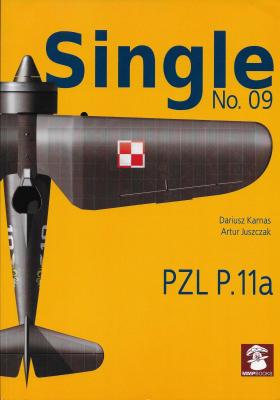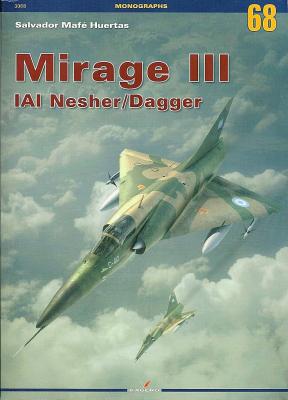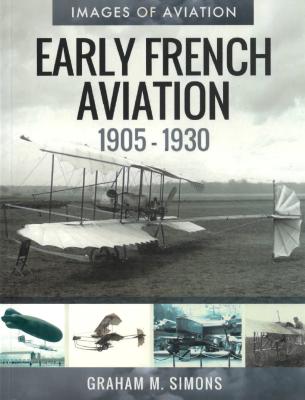This was the first time I have had a chance to read/review one of MMP’s “Single” series books. The idea behind these books (more like booklets) seems to be to get right to the point and show scale plan views, photos, profiles, etc. This volume covers the Polish WW2-era fighter PZL P.11a, predecessor to the more numerous PZL P.11c.
Welcome to the IPMS/USA Reviews site!
Introduction: The primary organization of the IPMS/USA Review website is by IPMS/USA National Contest Class. Within each Class there are sub-menus by kits, decals, books, etc. The Miscellaneous Class is for items that are not class specific or that cross two or more classes.
IPMS/USA Members: We encourage you to submit reviews, both here and to the Journal. To volunteer for membership in the IPMS/USA "Reviewers Corps" and submit your own reviews, please read the Guidelines For Submitting Product Reviews.
Manufacturers, publishers, and other industry members: IPMS/USA is pleased to offer your company the opportunity for product reviews. All product reviews are performed by IPMS/USA members, and are posted in the publicly-accessible section of our website. With very few exceptions, we perform full build reviews of new kit releases, aftermarket products, and supplies. If you would care to provide product samples for review, please contact John Noack, IPMS/USA 1st VP.
To learn more about IPMS/USA, please see our About Us page.
History
This book covers the development of bombers from the beginning of World War II, showing how the advances in technology resulted in better performing aircraft, especially due to more powerful reciprocating engines and the introduction of jet power plants. The earliest development of jet engines occurred in Germany, and they were the first to introduce operational jet fighters and bombers towards the end of the war, although they did not appear in sufficient numbers to make any difference in the outcome. However, the British and Americans also developed jet fighters, and the end of the war, and subsequent occupation of German facilities by advancing American, British, and Soviet forces resulted in a tremendous transfer of German technology to the Allied Powers, the result being an acceleration of the development of jet fighters and bombers in the U.S., Britain, and the Soviet Union.
Casemate Publishers bring us a book from Polish editorial Kagero, covering the IAI Nesher / Dagger/Finger. The book was written by Salvador Mafé Huertas and his dedication and passion for the topic transpires in each page.
A little bit of history in the airframe names: The Israelis named Nesher to their Mirage V. When transferred to Argentina - with some electronic changes- they were renamed “Daggers”. After the Falklands War, almost all the Daggers were upgraded to have an electronic package like the Kfir and renamed again as “Fingers”. In Argentina, the Daggers and Fingers (an also ‘Maras’) often were referred to as “Mirages” or member of the Mirage family.
The book is broken down in the following sections.
Background
Mission
The primary mission of the HH-60G Pave Hawk helicopter is to conduct day or night personnel recovery operations into hostile environments to recover isolated personnel during war. The HH-60G is also tasked to perform military operations other than war, including civil search and rescue, medical evacuation, disaster response, humanitarian assistance, security cooperation/aviation advisory, NASA space flight support, and rescue command and control.
Features
The Pave Hawk is a highly modified version of the Army Black Hawk helicopter which features an upgraded communications and navigation suite that includes integrated inertial navigation/global positioning/Doppler navigation systems, satellite communications, secure voice, and Have Quick communications.
Graham M. Simons is an English professional aviation writer, publisher and historian. Graham M Simons is one of the founders of the world famous aviation museum at Duxford near Cambridge. His interest in aviation was piqued watching the making of the ‘Battle of Britain’ film and from the days when you could go ‘aircraft spotting’ at London Heathrow and local airports. Graham’s engineering background led him to membership of a number of aviation societies, including sitting on the British Aviation Preservation Council. He was responsible for overseeing the restoration of a De Havilland DH89 Dragon Rapide airliner to flying condition and placing this aircraft - with official approval — in the colors and markings of the first aircraft of what was then the Kings Flight. It was during this period that he was contacted by Ian Allen Ltd to write the first ever history of this classic De Havilland type.















